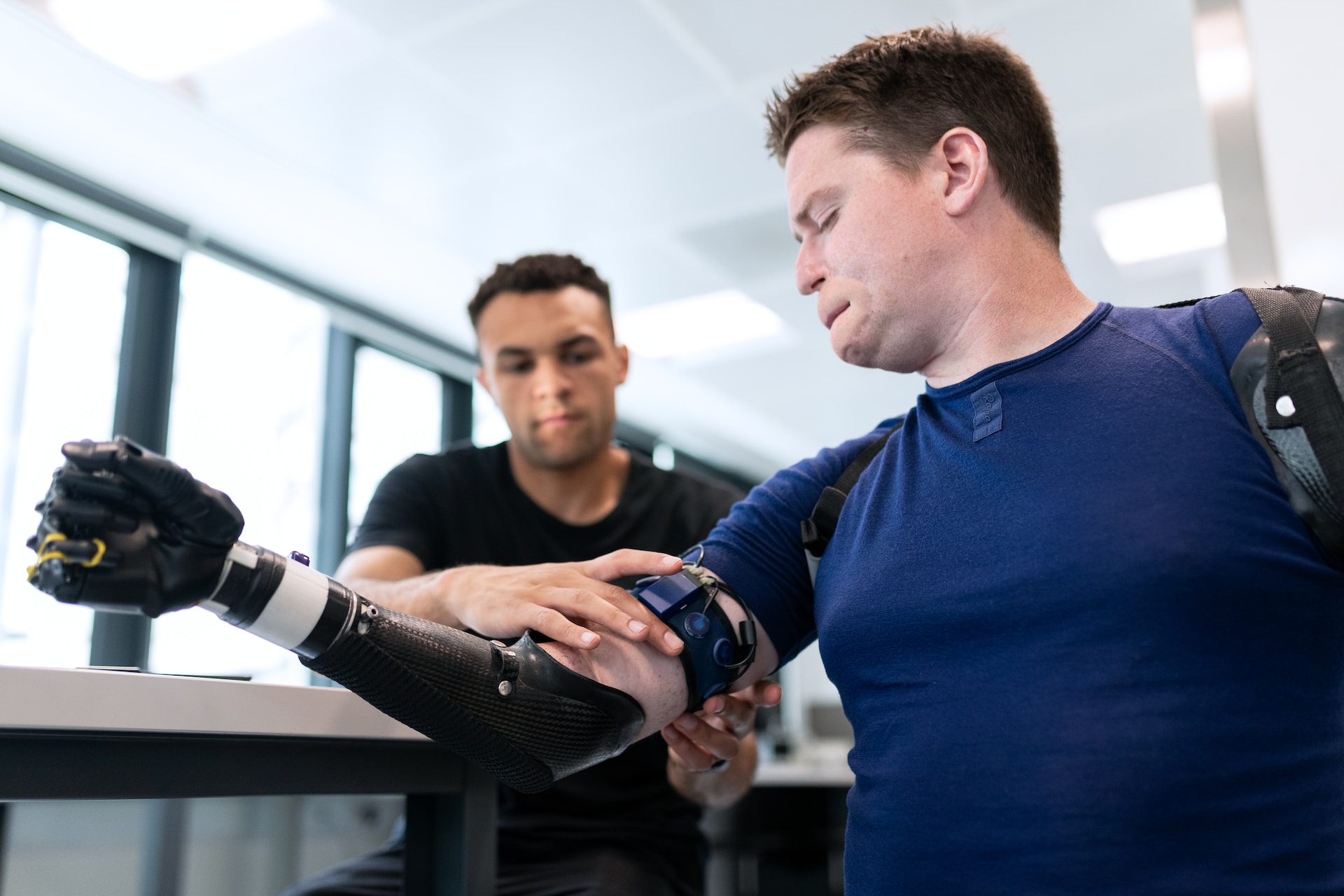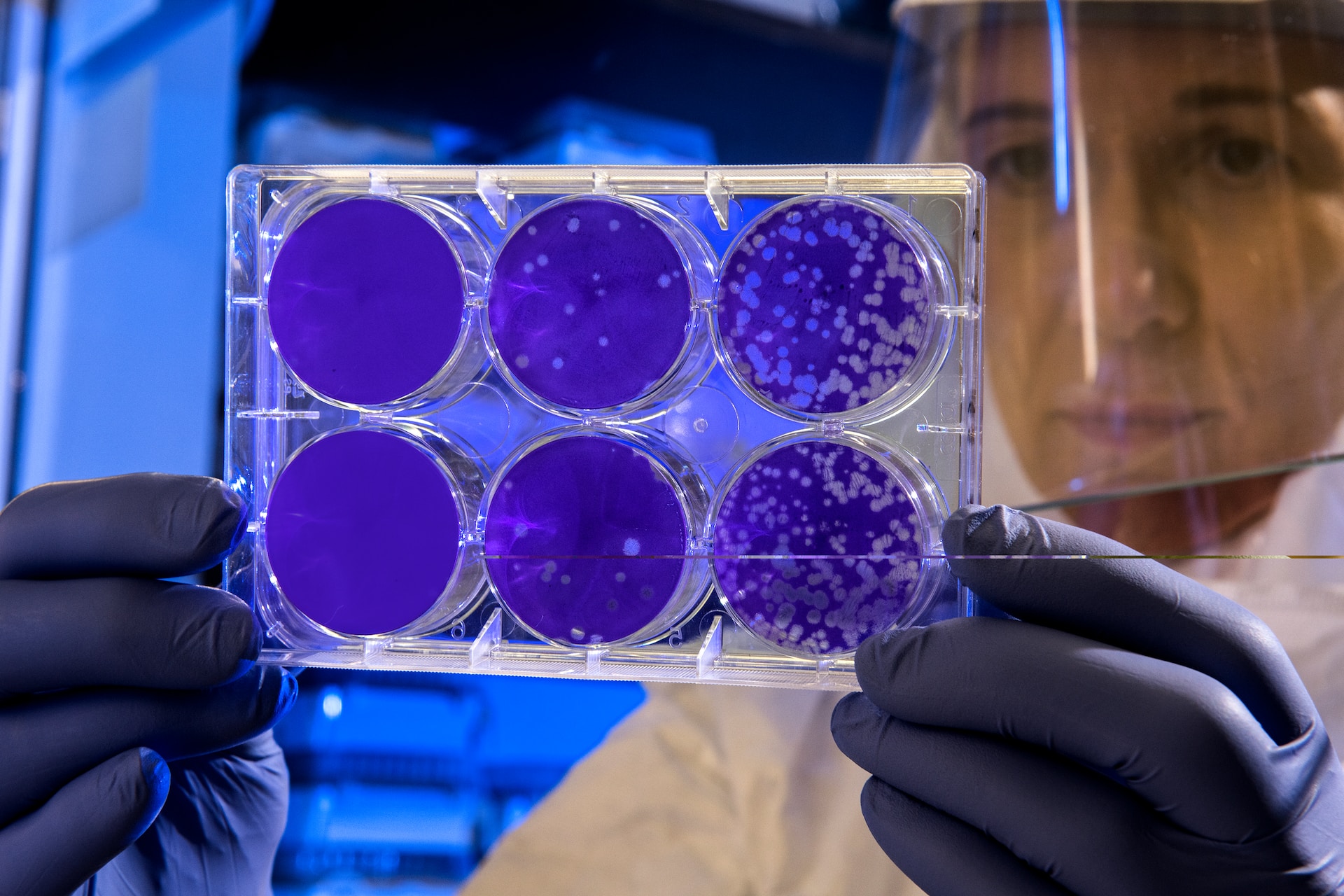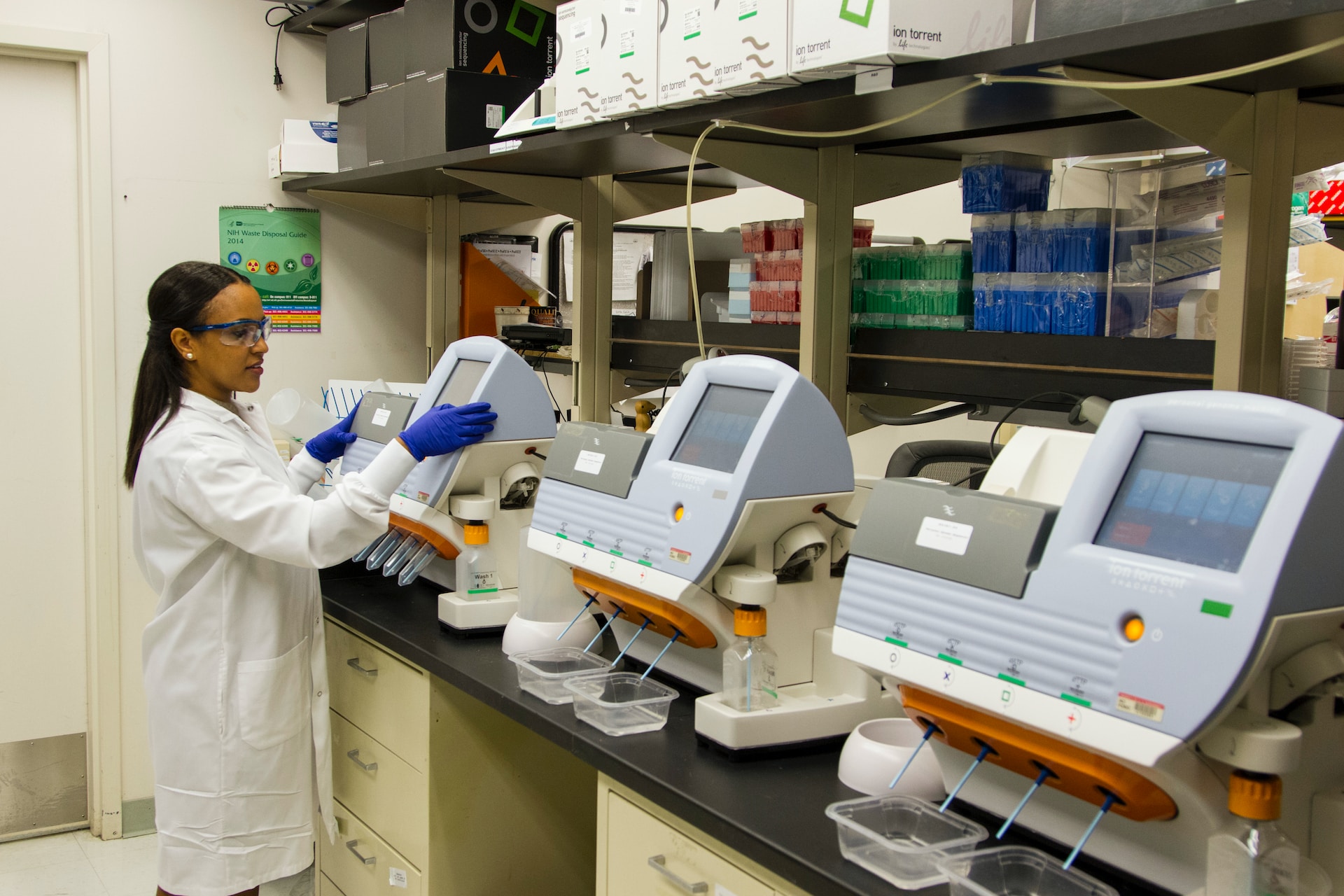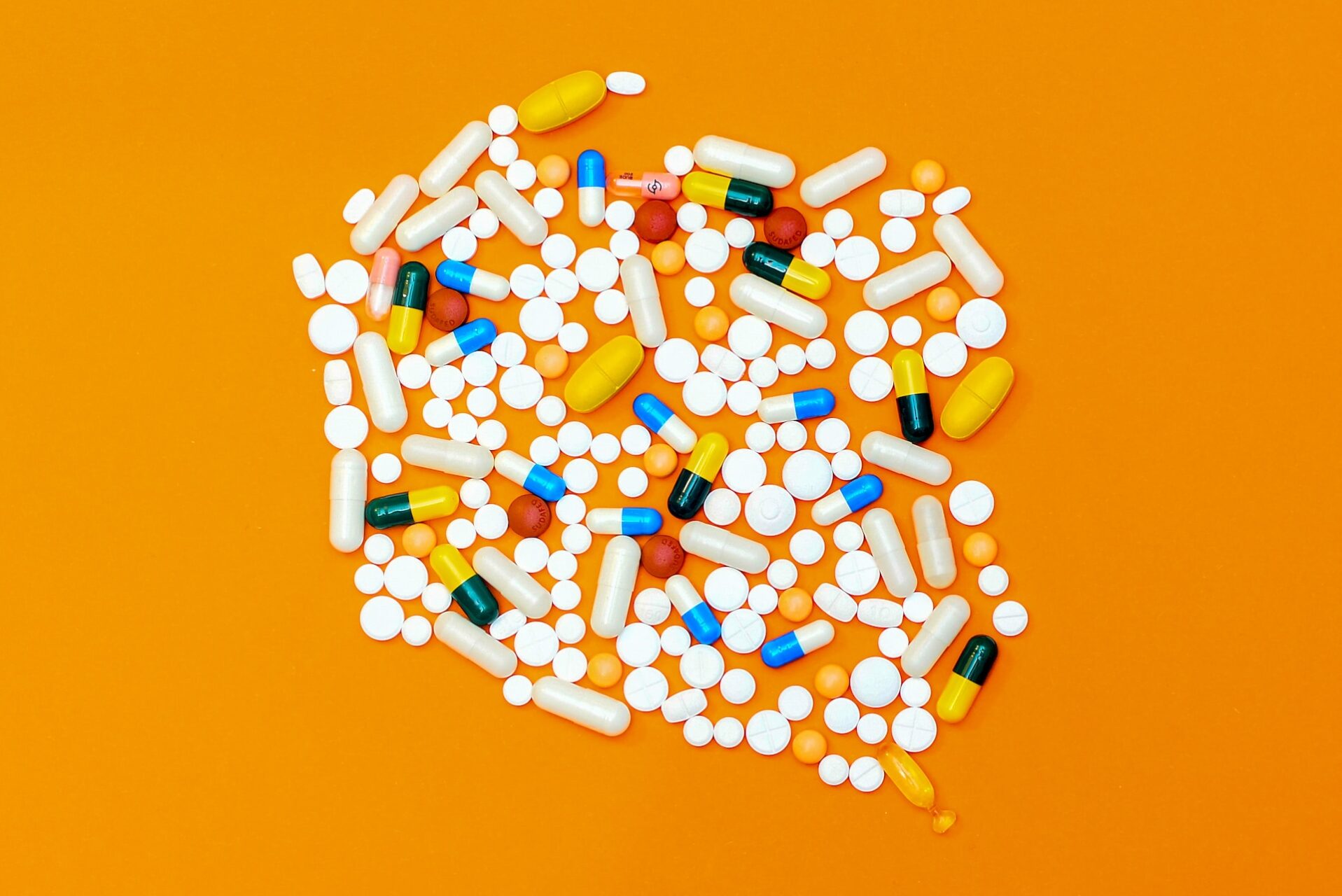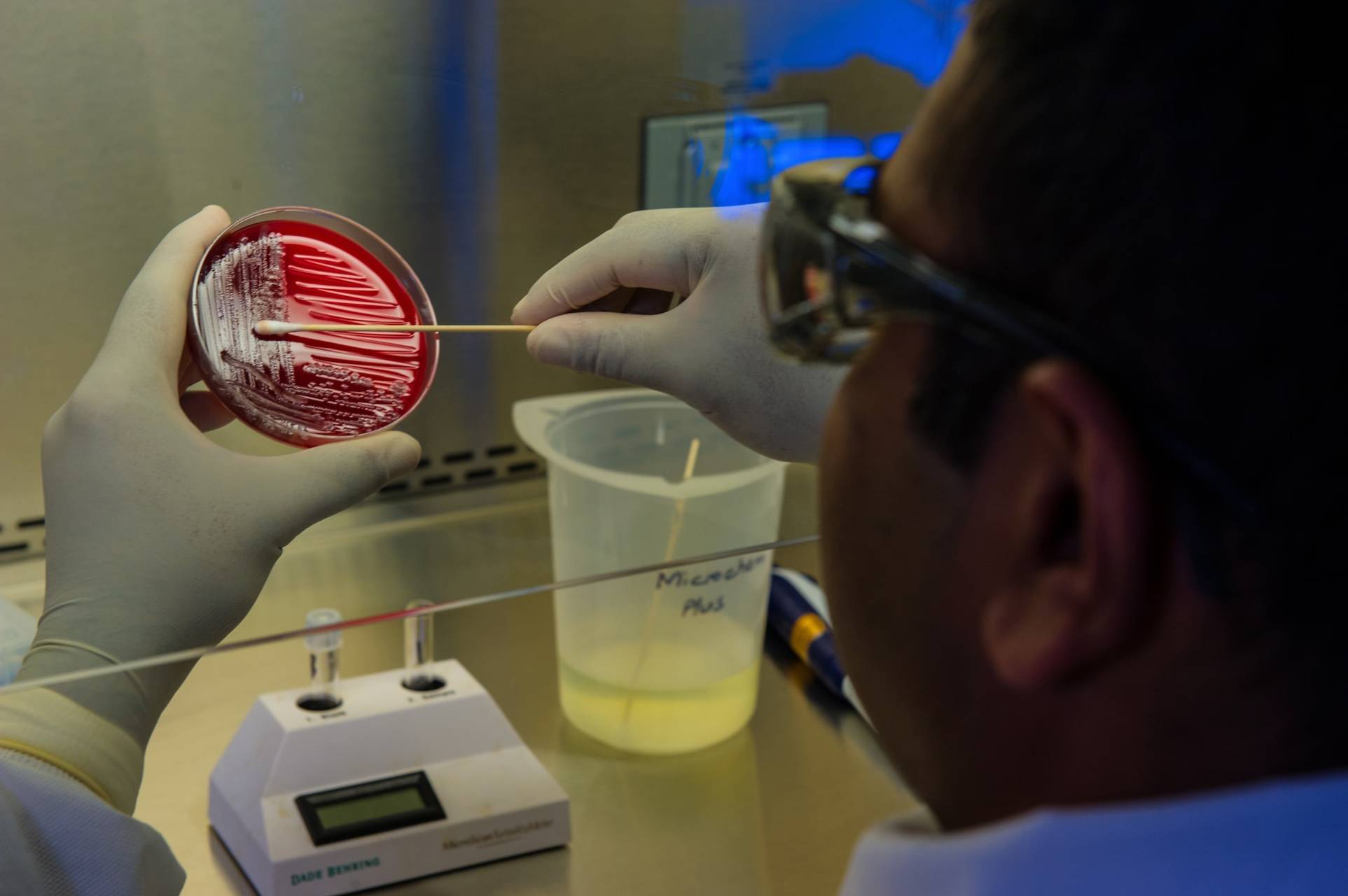
What Are Some Applications of Biotechnology in Microbiology?
January 11, 2023 - Lou Farrell
Revolutionized is reader-supported. When you buy through links on our site, we may earn an affiliate commision. Learn more here.
Microbiology is a branch of science concerned with studying life, and how it functions, at the nano scale. Biotechnology is the process of turning what we learn about the natural world to our own advantage.
Human civilization is increasingly in need of breakthroughs from these two disciplines. Our ways of life are under threat from climate change, pollution in our air and water, and topsoil with vanishing nutrient content. Biotechnology and microbiology are on the cutting edge of solving these problems and many others, especially when used together.
What Is Microbiology?
The simplest definition of microbiology is that it studies all forms of life that are too small for the naked eye to detect. This is an extremely diverse branch on the tree of life. It includes the following classifications:
- Bacteria
- Viruses
- Fungi
- Algae
- Protozoa
- Archaea
Microbiology is about more than just studying, classifying, and understanding how these lifeforms function. It also reaches into highly practical disciplines by exploring how humans can control or make use of the unique characteristics of this type of life.
What Is Biotechnology?
Biotechnology is the primary avenue by which scientists study, mimic, and make use of natural biological processes. The goal of this discipline is to understand the inner workings of the natural world and use existing natural processes to:
- Improve human health and longevity
- Clean, maintain, and heal damage to the natural environment
- Develop new scientific and medical tools
- Reduce infection rates for diseases and create new vaccines
- Make food and drink more healthful and long-lasting
- Create personalized medical treatments tailored to the patient
- Improve crop yields throughout agriculture
- Treat wastewater and developing better purification methods
Biotechnology also frequently looks beyond the human body to study and solve common problems, such as making manufacturing processes faster and less wasteful and eliminating harmful elements and compounds from supply chains. Moreover, people want to reduce the demand for natural resources in agriculture, energy generation, and other sectors.
Biotechnology in Microbiology: How the Two Combine
Scientists who study biotechnology in microbiology investigate how humans could exploit natural processes that occur at the nano scale.
It’s time to look at some examples of how combining biotechnology and microbiology pays off. What are some of the breakthroughs and current scientific avenues being unlocked by the union of biotechnology and microbiology?
Exciting Possibilities to Explore
- Biofuel and bio-oil: Biofuels are hailed as a transition fuel between gasoline and diesel and future technologies like hydrogen fuel cells and solar power. Additionally, micro-algaes are under intense scientific scrutiny for their ability to create sustainable bio-oils to replace conventional oil extraction.
- Genetically modified crops: To feed the growing human population, we need crops that resist pests and drought without copious amounts of chemical fertilizers. GMOs can accomplish this and help us feed more mouths with our existing farmland.
- Stem-cell research: Biotechnology has continuously unlocked new ways to cultivate, study, and use stem cells. This research is the likely key to curing many stubborn diseases.
- Environmental cleanup: Various enzymes and nano-scale lifeforms are capable of cleaning contaminants in the environment – like spilled oil – much more efficiently and completely than synthetic cleaning methods.
- Cultivating proteins in bacteria: E. coli was an unlikely ally in the development of insulin; the bacteria was an ideal growth medium for scientists to explore the potential of recombinant DNA to treat diseases. There is considerable untapped potential here.
- Antibiotic development: It was a lab accident that produced the means to produce penicillin at scale. Doing so required studying the Staphylococcus and Penicillium fungi and how the latter suppresses the growth of the former. These invisible fungi will likely unlock similar breakthroughs in the future.
- Food and beverage development: Bread, wine, and beer are just three food products that rely on biotechnology. Yeast contains some of the first domesticated lifeforms – fungi – that drive the chemical-biological processes that create many food items we all rely on.
What Are Some Career Tracks That Use Biotechnology in Microbiology?
As you’ve probably gathered from the discussion so far, biotechnology and microbiology are, themselves, vast and diverse fields. When combined, they unlock even more potential for scientific innovation and rewarding career experiences. Below is a selection of career opportunities you’ll be able to unlock after committing to studying biotechnology in microbiology:
- Analytical biochemistry
- Health care science
- Medical diagnostics
- Food and beverage development
- Agricultural science
- Industrial biotechnology
- Clinical biochemist
- Oil and gas engineering
- Environmental remediation
- Drug development
It would be equally difficult to list all of the different disciplines that these career tracks touch on or revolve around. Some examples include protein biochemistry, food and beverage microbiology, immunology, molecular genetics, plant engineering and plant pathology.
Why Is Biotechnology in Microbiology Important Right Now?
Humans have experimented with various types of microbiology and biotechnology for many, many years. Breeding crops selectively and creating new foods through fermentation are just two examples.
It’s 2022, and these disciplines have much to offer the modern world. People believe biotechnology in microbiology has considerable promise for helping us solve immediate global problems like:
- Solving food insecurity: Globally, around 870 million people lack access to healthful food. Gene editing could feed many more mouths compared to current methods.
- Sustainability: Agriculture and manufacturing use tons of water. Farming alone uses 69% of available freshwater supplies. Biotechnology improves crop yields and food nutrient content.
- Waste and cost reduction: Biotechnology has given us crops that don’t continue ripening after they’re picked. This means foodstuffs stay in salable and edible condition – and out of landfills and dumpsters – for far longer.
Using Biotechnology in Microbiology for the Betterment of All
Humans have been interested in biotechnology and microbiology for a long time and have yet to exhaust its potential. Every day, virtually every person on Earth relies upon some combination of naturally occurring processes. Understanding the world and the organisms all around us gives us new insights into how we can better ourselves, our community, our planet, and our collective health. Now is an amazing time to start exploring biotechnology in microbiology as an endlessly fascinating and rewarding career path.
Revolutionized is reader-supported. When you buy through links on our site, we may earn an affiliate commision. Learn more here.
